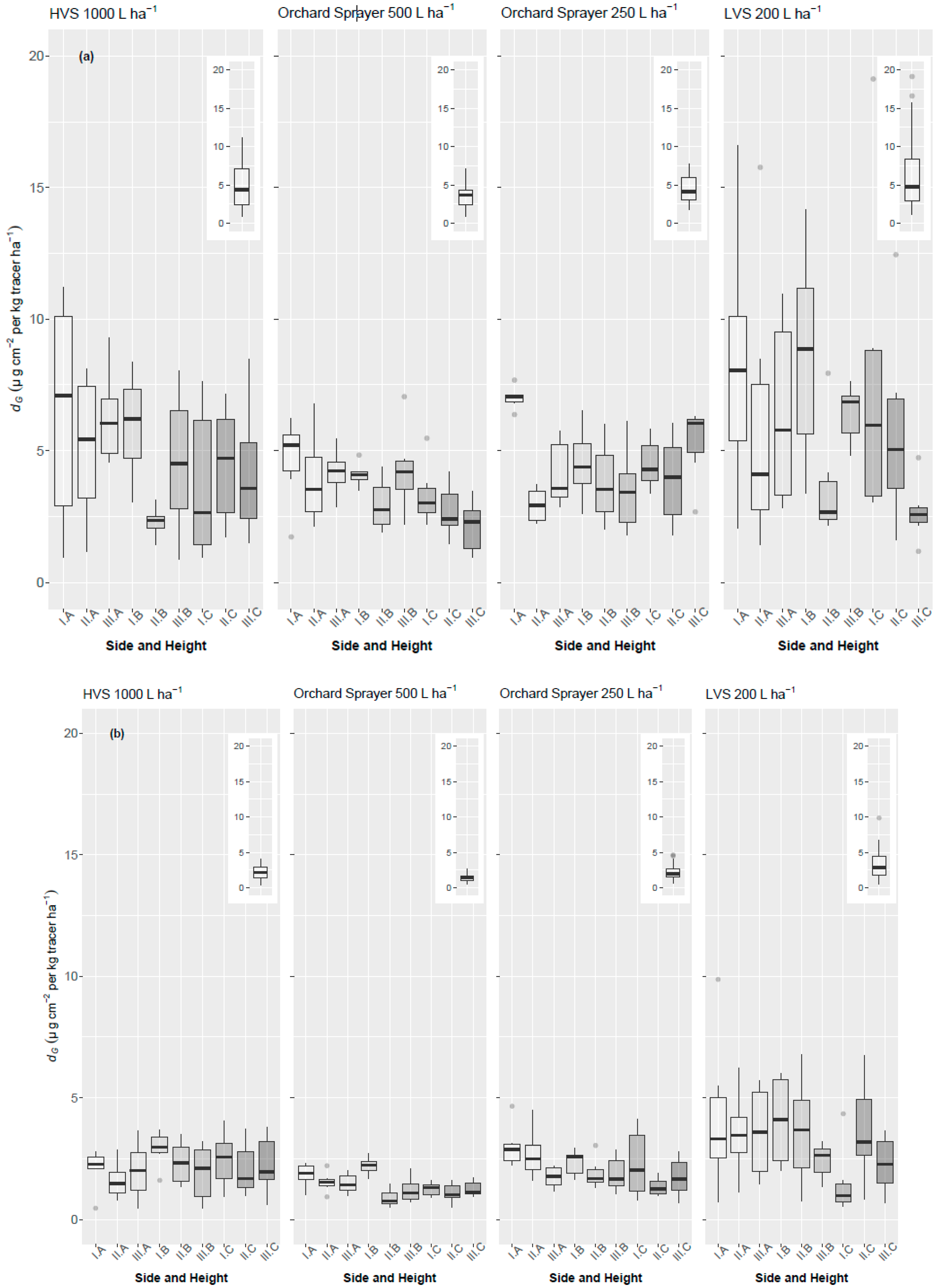

Neutrophils are therefore key cell types in acute lung inflammation (ALI). There, abundant narrow vessels provide an ideal setting for neutrophil accumulation by adhesion and by mechanical retention aided by changes in neutrophil stiffness during inflammation 5, 6, 10, 11, 12, 13, 14, 15.

In acute inflammation, neutrophils marginate in most organs, but by far most avidly in the lung capillaries. Neutrophils can be activated by a variety of pathogen- and damage-associated factors, such as bacterial lipopolysaccharides (LPS) 8, 9. Neutrophils are ‘first-responder’ cells in acute inflammation, rapidly ‘marginating’ in and adhering to inflamed vessels 1, 2, 3, 4, 5, 6, 7.

This work demonstrates that structure-dependent tropism for neutrophils drives NAPs to inflamed lungs and shows NAPs can detect and treat ALI. We demonstrate diagnostic imaging of ALI with NAPs show NAP tropism for inflamed human donor lungs and show that NAPs can remediate pulmonary oedema in ALI. NAP uptake in neutrophils was shown to depend on complement opsonization. Protein-conjugated liposomes were engineered to recapitulate NAP tropism for pulmonary neutrophils. Flow cytometry and immunohistochemistry showed NAPs have tropism for pulmonary neutrophils. Nanoparticles with symmetric protein arrangement (for example, viral capsids) had no selectivity for inflamed lungs. We observed homing to inflamed lungs for a variety of nanoparticles with agglutinated protein (NAPs), defined by arrangement of protein in or on the nanoparticles via hydrophobic interactions, crosslinking and electrostatic interactions. This study shows that the supramolecular arrangement of proteins in nanoparticle structures predicts nanoparticle accumulation in neutrophils in acute lung inflammation (ALI). Nature Nanotechnology volume 17, pages 86–97 ( 2022) Cite this article These results aid in mechanistic understanding of the interplay between antigen heterogeneity, bystander effects, and heterogeneous delivery of ADCs in the tumor microenvironment to design clinically effective therapeutics.Supramolecular arrangement of protein in nanoparticle structures predicts nanoparticle tropism for neutrophils in acute lung inflammation The penetration distance is similar to model predictions, where the lipophilicity results in moderate tissue penetration, thereby balancing improved tissue penetration with sufficient cellular uptake to avoid significant washout. Using TAK-164, an anti-GCC ADC undergoing clinical evaluation, we show that the lipophilic DNA-alkylating payload, DGN549, penetrates beyond the cell targeted layer in GCC-positive tumor spheroids and primary human tumor xenograft models.
Tracer penetration was quantified using nih imagej software series#
In this work, we use a series of 3-dimensional cell culture and primary human tumor xenograft studies to directly track fluorescently labeled ADCs and indirectly follow the payload via an established pharmacodynamic marker (γH2A. However, this type of study is challenging to conduct experimentally due to the low concentrations of extremely potent payloads. Computational studies suggest bystander effects partially compensate for ADC heterogeneity in tumors in addition to targeting antigen negative cells. However, the distance these payloads can diffuse in tumor tissue while maintaining a lethal concentration is unclear. These effects are often studied using a mosaic of antigen positive and negative cells. Three of the recently approved ADCs contain payloads exhibiting bystander effects, where the payload can diffuse out of a targeted cell into adjacent cells. Despite significant investment, there are still fundamental issues that are incompletely understood. With the recent approval of 3 new antibody drug conjugates (ADCs) for solid tumors, this class of drugs is gaining momentum for the targeted treatment of cancer.


 0 kommentar(er)
0 kommentar(er)
